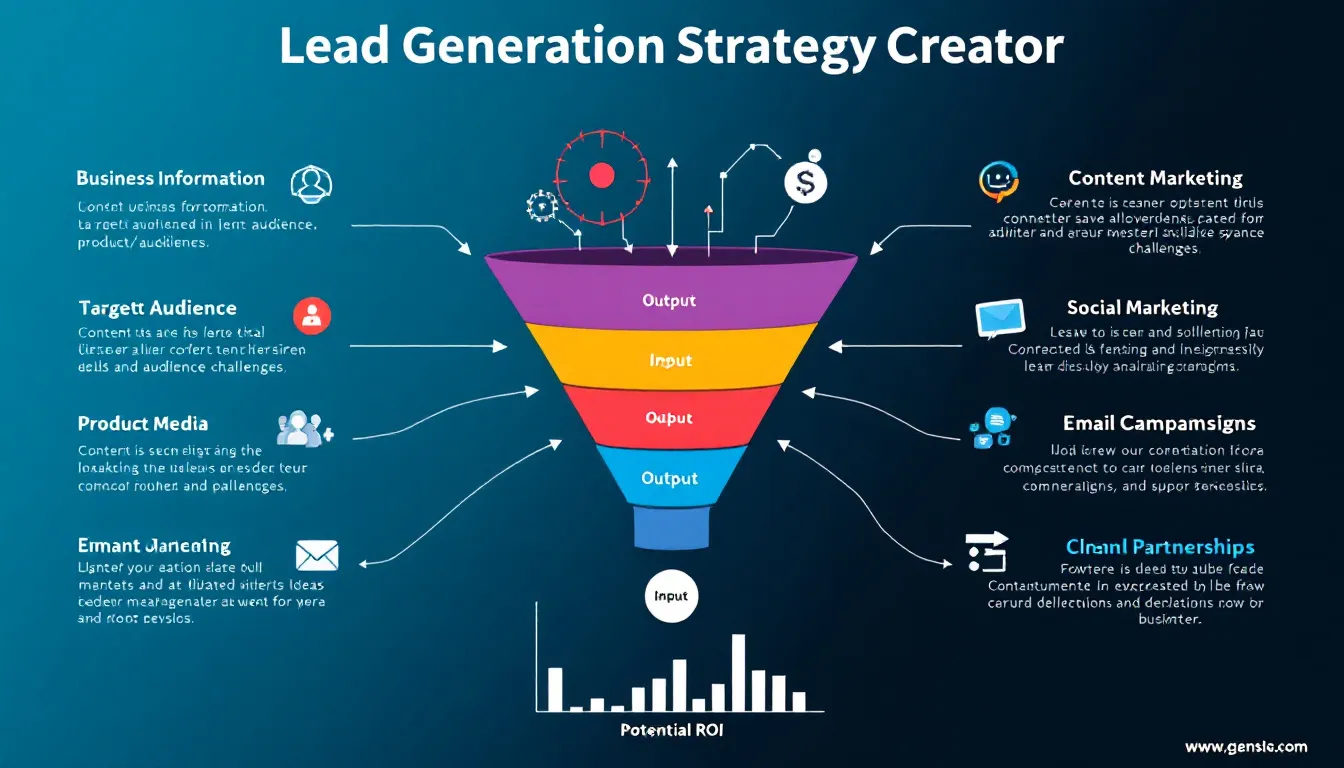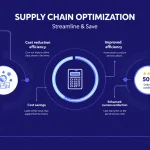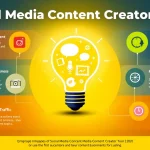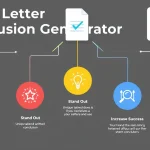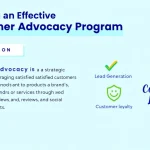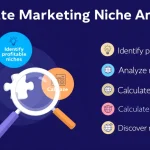Lead Generation Strategy Generator
Is this tool helpful?
How to use the tool
- Business Information
Supply size, niche and edge.
Example 1: “Family-owned bakery, 12 staff, famous for 48-hour sourdough.”
Example 2: “Cyber-security scale-up, 200 employees, patented zero-trust firewall.” - Target Audience
Profile who buys and why.
Example 1: “Procurement managers in logistics firms, ages 30-55, cost-reduction focus.”
Example 2: “Gen Z gamers, 18-24, prefer eco-friendly PC accessories.” - Product / Service Details
Outline features, benefits, proof.
Example 1: “Subscription meal-prep kits delivering regional recipes in compostable bags.”
Example 2: “AI plug-in that cuts invoice processing time by 70 %.” - Audience Challenges
List pain points you solve.
Example 1: “Manual stock counts cause 10 % shrinkage.”
Example 2: “Legacy VPN slows remote logins during peak hours.” - Submit & Review
Click “Generate.” Scroll to the revealed strategy, copy, paste into your campaign planner.
Quick-Facts
- Average B2B cost per lead: $198 (WordStream, 2023).
- Multi-channel campaigns lift ROI 24 % (Gartner Marketing Mix Report, 2021).
- Lead nurturing delivers 50 % more sales-ready leads at 33 % lower cost (Harvard Business Review, 2018).
- 67 % of B2B buyers rely on content to research decisions (Demand Gen Report, 2022).
What is a lead generation strategy?
A lead generation strategy is a planned set of tactics—content, ads, events and follow-ups—that attracts prospects and converts them into qualified leads (HubSpot, 2023).
How does the generator create my plan?
The tool feeds your four inputs into an LLM that matches proven tactics with similar business cases documented in marketing benchmarks (OpenAI, 2024). You receive channel mix, messaging angles and follow-up steps.
Which channels does it recommend most?
Top channels include LinkedIn Ads for B2B, Instagram Reels for B2C, email drips, and gated e-books—chosen because they convert above industry medians in recent studies (Salesforce Marketing Insights 2023).
Can I measure ROI with the output?
Yes. Use the suggested KPIs and apply the formula $$ROI\,(\%)= rac{Revenue-Cost}{Cost}\times100$$. For example, $60 k revenue on a $12 k campaign equals 400 % ROI.
How often should I refresh my strategy?
Review quarterly or after any major product, market or regulatory change to keep alignment (McKinsey Growth Playbook 2022).
Does it work for non-profits?
Yes. Replace “leads” with “donors” or “volunteers.” The engine adapts outreach channels such as community events and grant platforms (VolunteerMatch Trends 2023).
Is my data stored?
Your entries pass through WordPress’s AJAX endpoint and are not saved once the response is returned, according to the plugin privacy statement (plugin docs URL).
What if the plan feels generic?
Add richer details—budget limits, past campaign results, seasonal trends—so the model can sharpen recommendations, as specificity increases output relevance (Google AI Guide 2023).
Important Disclaimer
The calculations, results, and content provided by our tools are not guaranteed to be accurate, complete, or reliable. Users are responsible for verifying and interpreting the results. Our content and tools may contain errors, biases, or inconsistencies. Do not enter personal data, sensitive information, or personally identifiable information in our web forms or tools. Such data entry violates our terms of service and may result in unauthorized disclosure to third parties. We reserve the right to save inputs and outputs from our tools for the purposes of error debugging, bias identification, and performance improvement. External companies providing AI models used in our tools may also save and process data in accordance with their own policies. By using our tools, you consent to this data collection and processing. We reserve the right to limit the usage of our tools based on current usability factors.
